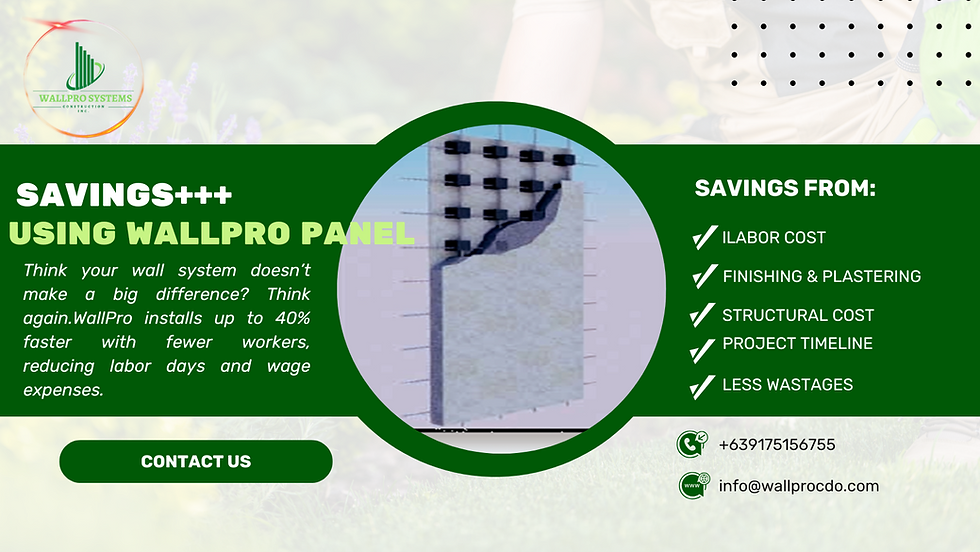Types of Cement
- Gabriel Mikael
- Oct 14, 2024
- 2 min read
Here’s an overview of the main types of cement, their best uses, and key advantages:
1. Ordinary Portland Cement (OPC)
Best Use:
General construction projects (residential, commercial, and industrial)
Concrete pavements, reinforced concrete structures, and bridges
Advantages:
High compressive strength
Readily available and versatile
Fast-setting (especially Type III, a subtype for high-early strength)
2. Portland Pozzolana Cement (PPC)
Best Use:
Marine structures, hydraulic structures (dams, reservoirs), and sewer systems
Masonry mortars, plastering, and mass concrete works
Advantages:
Better workability and long-term strength
Resistant to sulfate and chloride attacks (ideal for water-related structures)
Reduces environmental impact (lower carbon emissions during production)
3. Rapid Hardening Cement
Best Use:
Projects requiring fast setting, like road repairs, airport runways, or prefabricated construction
Cold weather concreting
Advantages:
Achieves high strength quickly (3 days instead of 7 days for OPC)
Reduces construction time
4. Sulphate Resistant Cement (SRC)
Best Use:
Foundations in sulfate-rich soils, marine works, and sewage treatment plants
Advantages:
Excellent resistance to sulfate attack, protecting the structure from chemical erosion
Long durability in harsh environments
5. White Cement
Best Use:
Decorative concrete work, finishing applications like plaster, terrazzo, and tiles
Architectural purposes where aesthetics matter
Advantages:
Provides a smooth, bright, and consistent finish
Excellent for artistic and decorative construction
6. Low Heat Cement
Best Use:
Mass concrete works like dams, large foundations, and retaining walls
Advantages:
Minimizes the heat generated during hydration, reducing the risk of thermal cracking
Ideal for large pours where temperature control is essential
7. Blast Furnace Slag Cement
Best Use:
Marine structures, high-rise buildings, and industrial foundations
Advantages:
Greater resistance to alkalis, chlorides, and sulphates
Lower permeability, reducing long-term maintenance costs
8. Hydraulic Cement
Best Use:
Repairs of leaking structures, water-retaining structures, or underwater projects
Advantages:
Can set and harden in wet conditions
Quick-setting and useful for emergency repairs
9. High Alumina Cement
Best Use:
High-temperature construction projects like refractories, chimneys, and furnace linings
Advantages:
Rapid setting and heat-resistant
High strength and durability even under extreme conditions
10. Air-Entraining Cement
Best Use:
Frost-prone regions, as it improves freeze-thaw durability
Advantages:
Enhances resistance to scaling and cracking in cold weather
Improves workability and reduces bleeding




Comments